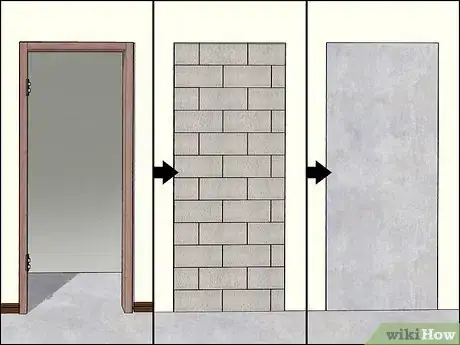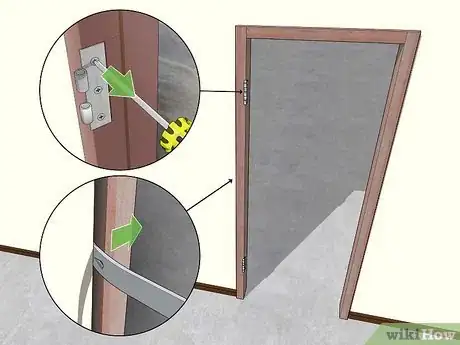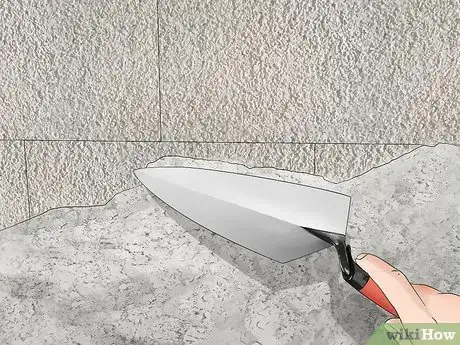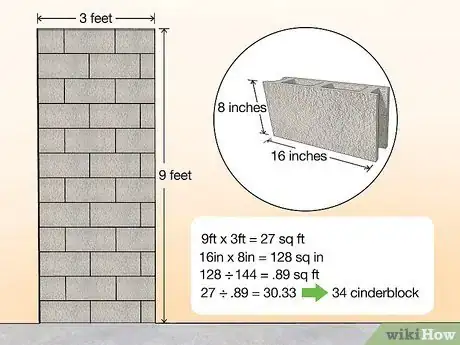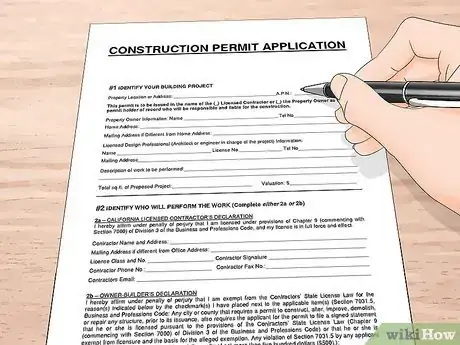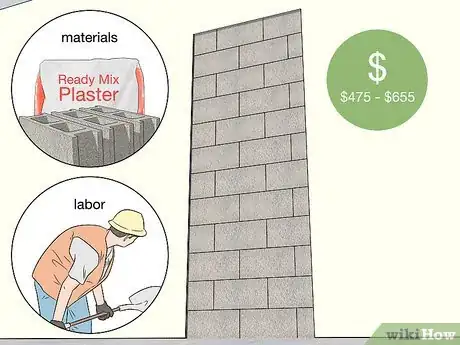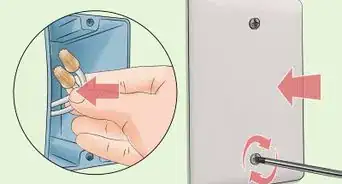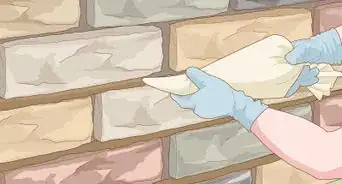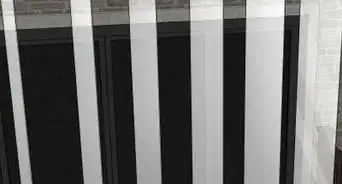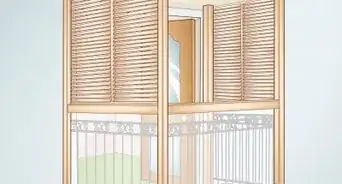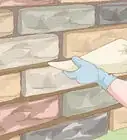This article was co-authored by Ryaan Tuttle. Ryaan Tuttle is a Home Improvement Specialist and the CEO of Best Handyman, Inc. in Boston, Massachusetts. With over 17 years of experience, he specializes in building home service businesses, focusing on creating scalable and efficient brands. With the help of his global team, the companies have achieved over 10+ million in sales and received recognition through magazine features, and enjoy partnerships with wikiHow and Jobber field service software. Boston Magazine and LocalBest.com have named Best Handyman Boston the Best Handyman in Boston. Ryaan holds Construction Supervisor and Home Improvement Contractor Licenses.
This article has been viewed 18,386 times.
If you’ve got a doorway that you never use or you’re looking to enclose a room, blocking up the doorway is an effective and relatively inexpensive way to do the job. It’s also not super difficult if you have the right materials. To make the job a little easier, we’ve answered a few of the most common questions that folks have about what it takes to block up an external doorway.
Steps
How do you install an exterior door block wall?
-
1First, you need to remove the door frame. Start by removing the hinges and taking off the door if you haven’t already. Saw through the jambs until the saw reaches but doesn’t touch the actual wall. Then, use a chisel or a crowbar to pry off the jambs. Once the jambs are removed, use your chisel or crowbar to pry off the wooden frame so you’re left with a clean opening in your wall.[2]
- Don’t try to block up the doorway without removing the frame or your wall won’t be as strong.
-
2Stack cinderblocks in the opening with frame ties between each row. Cinderblocks are relatively lightweight, strong, and cheap. Install the bottom row of blocks and then screw frame ties to the walls just above the row of blocks and stack another row of blocks on top. Continue stacking blocks and installing frame ties between each layer so your blocks are also supported by the surrounding wall.[3]
- Use a timber saw to cut any blocks to size.
-
3Plaster over the block wall for a smooth finish. Mix your plaster in a bucket and use a hand trowel to spread it over both sides of your block wall to form a base coat. Allow the first layer to dry and then apply a second layer, known as the skim plaster. Make the second layer thick enough so it’s even with the surrounding wall. Allow the plaster to fully dry and harden.[4]
- Follow the mixing directions on the packaging of the plaster.
- Check the packaging of the plaster for specific drying and curing times.
Expert Q&A
-
QuestionWhat is the best way to block a doorway?
 Ryaan TuttleRyaan Tuttle is a Home Improvement Specialist and the CEO of Best Handyman, Inc. in Boston, Massachusetts. With over 17 years of experience, he specializes in building home service businesses, focusing on creating scalable and efficient brands. With the help of his global team, the companies have achieved over 10+ million in sales and received recognition through magazine features, and enjoy partnerships with wikiHow and Jobber field service software. Boston Magazine and LocalBest.com have named Best Handyman Boston the Best Handyman in Boston. Ryaan holds Construction Supervisor and Home Improvement Contractor Licenses.
Ryaan TuttleRyaan Tuttle is a Home Improvement Specialist and the CEO of Best Handyman, Inc. in Boston, Massachusetts. With over 17 years of experience, he specializes in building home service businesses, focusing on creating scalable and efficient brands. With the help of his global team, the companies have achieved over 10+ million in sales and received recognition through magazine features, and enjoy partnerships with wikiHow and Jobber field service software. Boston Magazine and LocalBest.com have named Best Handyman Boston the Best Handyman in Boston. Ryaan holds Construction Supervisor and Home Improvement Contractor Licenses.
Home Improvement Specialist For me, the best way to block up a doorway is to cover it with wood framing and then adding drywall over it.
For me, the best way to block up a doorway is to cover it with wood framing and then adding drywall over it.
Warnings
- Always check your local rules and regulations and secure any necessary permits before you start blocking up a doorway.⧼thumbs_response⧽
References
- ↑ https://www.stpierrecontractors.co.uk/post/blocking-up-an-external-doorway
- ↑ https://www.diydoctor.org.uk/projects/removingwindows.htm
- ↑ https://www.diydoctor.org.uk/projects/blockingopening.htm
- ↑ https://www.diydoctor.org.uk/projects/blockingopening.htm
- ↑ https://www.inchcalculator.com/concrete-block-calculator/
- ↑ https://www.pinellascounty.org/build/required.htm
- ↑ https://www.homeadvisor.com/cost/walls-and-ceilings/cinder-block-wall/
